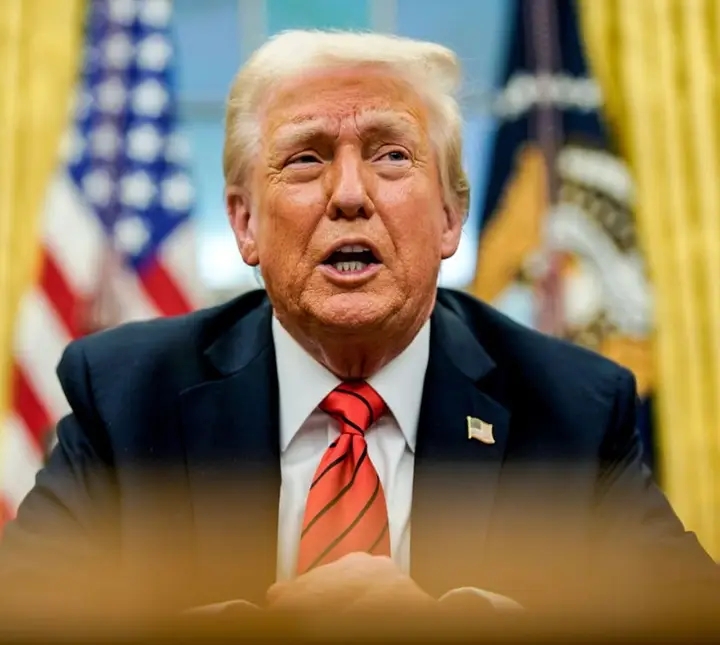By Ollus Ndomu
Donald Trump has once again disrupted the global economic landscape, this time with a sweeping wave of tariffs that have sent shockwaves through markets and unsettled world leaders. While critics argue that the U.S. president is reckless and erratic, others suggest he may be executing a high-stakes strategy that is forcing a global reset in trade relations.
New Tariff Offensive
At the center of the storm is a new U.S. tariff regime: a 10% blanket tariff on all imports, with additional punitive rates including 34% on Chinese goods and 20% on European Union products. The immediate fallout has been intense. Markets plunged. Allies expressed outrage. The global consensus appeared to fracture overnight.
Yet amidst the uproar, a pattern began to emerge, one that might explain Trump’s thinking.
Global Leaders React—Then Recalculate
Canada retaliated swiftly. The European Commission called it “a major blow.” Australia labeled it “not the act of a friend.” But in the background, something unexpected was unfolding: governments that had long protected their own markets with high tariffs began approaching Washington with offers to negotiate. According to U.S. officials, two-thirds of the world’s economies have initiated talks seeking exemptions or compromises.
Trump’s tactics, while disruptive, have made an impact.
The Trump Method: Disruption as Leverage
Rather than rely on years of trade talks, Trump imposed tariffs without warning. The approach was noisy, unconventional, and widely criticized. But the immediate outcome is hard to ignore. Countries such as Japan, India, Israel, and South Africa, nations historically protective of their markets, are now exploring avenues to open up and ease restrictions on U.S. goods.
For many American manufacturers and exporters, this shift is welcome news. Trump has shifted the balance of power, replacing diplomacy with economic muscle.
Understanding Tariffs and the Global Trade Shakeup
Tariffs are taxes on imported goods. They are often used to shield local industries from foreign competition. However, when applied excessively, they can trigger inflation, provoke retaliation, and lead to full-blown trade wars.
Trump’s policy flips the traditional model. Instead of negotiating from a position of shared benefit, he has opted for unilateral enforcement: drop your tariffs or face America’s.
This approach has put institutions like the World Trade Organization in a difficult position. Long seen as the regulator of fair play in global trade, the WTO is now watching the United States, a founding member, break the rules it helped create. And yet, some argue that Trump’s actions are challenging long-standing inequalities embedded in the global trade system.
Africa’s Response: Hesitant or Calculated?
In Africa, reactions have been mixed and largely muted. Zambia has voiced concern, warning that its fragile economy could suffer under rising costs and reduced access to American markets. Zimbabwe has surprised observers by suspending tariffs on U.S. imports, signaling a pragmatic turn in its economic diplomacy despite a long history of strained relations with Washington.
For much of the continent, however, the response has been silence. Many African governments appear unsure whether to push back, align, or wait for clearer signals.
This may be a critical moment. As Trump reshapes the global order with bold, if controversial, tactics, Africa is faced with a choice: remain reactive or take proactive steps toward economic self-determination. Trump’s example, though divisive, underscores a truth often overlooked—economic power is rarely given, it is taken.
Conclusion: A New Global Equation
Whatever one’s view of Trump’s methods, he is undeniably changing the rules. By disrupting long-standing agreements and pressuring governments to revise trade barriers, he is redrawing the global economic map.
The old world order is no longer guaranteed. Nations are adjusting. Trump is not retreating. And Africa must now decide, watch from the sidelines or step onto the field with a strategy of its own.


